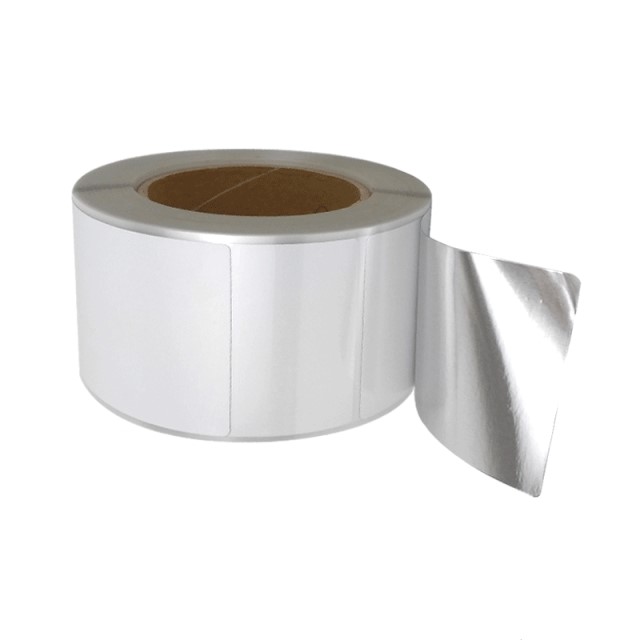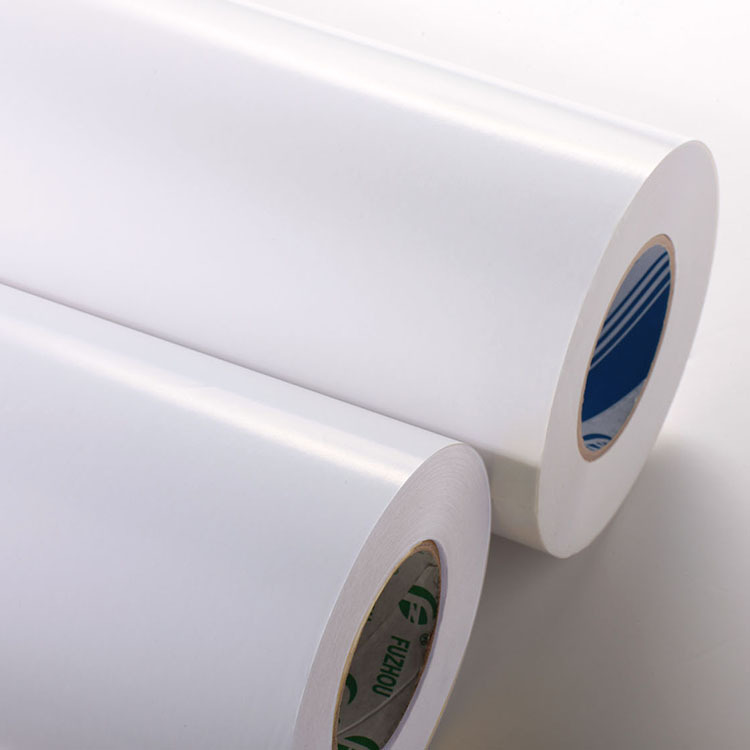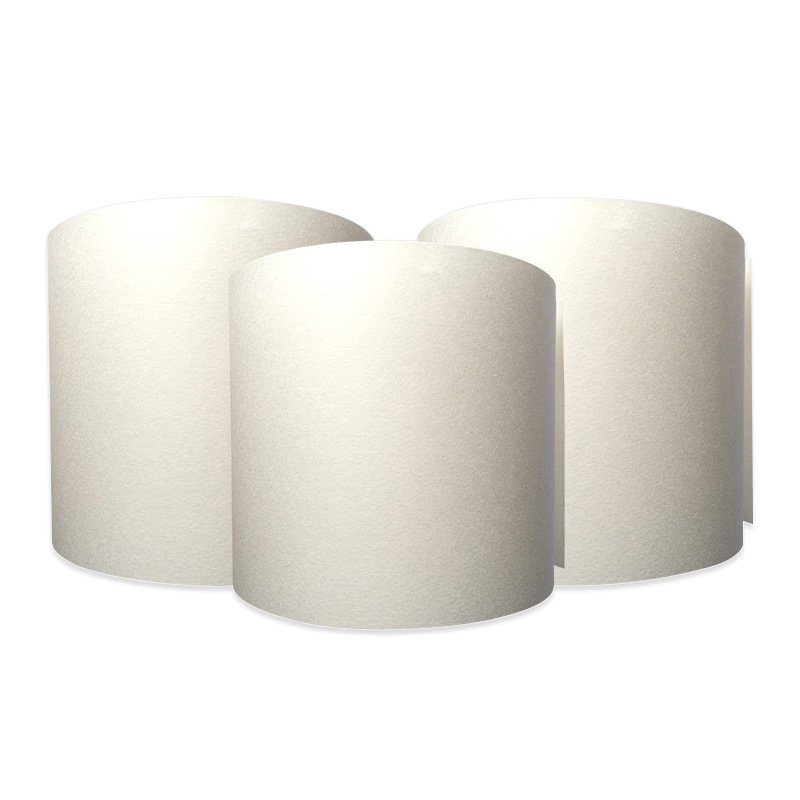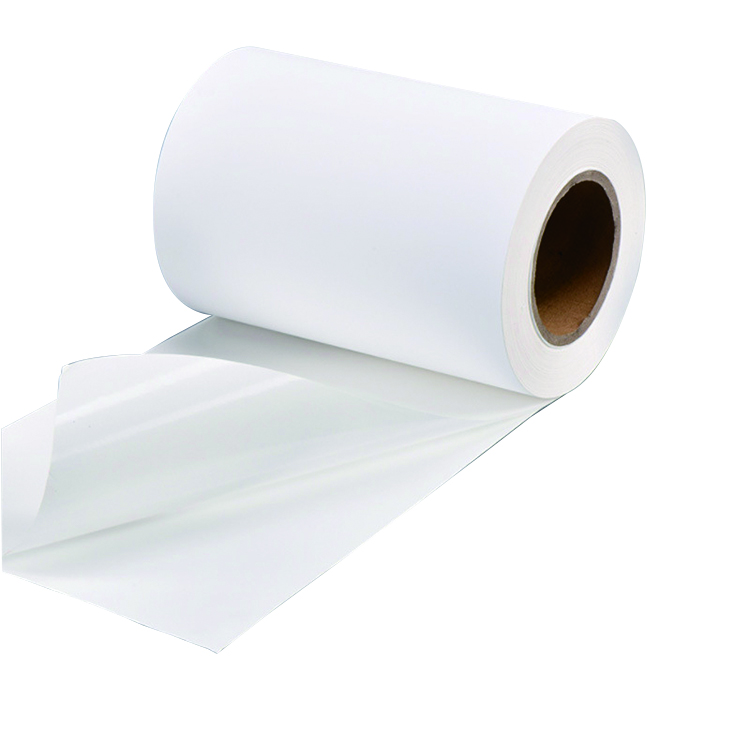The Evolution of Sticker Labels: A Comprehensive Analysis of Low-Temperature Resistant Label Products
Sticker labels have become indispensable in various industries, serving as a critical means of conveying information, branding products, and ensuring regulatory compliance. In recent years, technological advancements have led to the development of specialized label products, with a focus on addressing specific environmental challenges. This article explores the significance and evolution of sticker labels, with a particular emphasis on the emergence of Low-Temperature Resistant Label Products.
The Role of Sticker Labels in Modern Industries
Sticker labels play a crucial role in modern industries, serving as more than just decorative elements. They are essential for providing product information, enhancing brand visibility, and ensuring that products comply with industry standards and regulations. As industries evolve, so do the requirements for label products, prompting innovations to meet the demands of diverse operating conditions.
The Need for Low-Temperature Resistant Labels
In certain industries, environmental conditions pose unique challenges to traditional sticker labels. One such challenge is low temperatures, which can affect the adhesion, durability, and readability of standard labels. Recognizing this need, the sticker label industry has witnessed a paradigm shift towards the development of Low-Temperature Resistant Label Products.
Key Characteristics of Low-Temperature Resistant Labels
Low-Temperature Resistant Labels are engineered to withstand extreme cold conditions without compromising their functionality. These labels exhibit specific characteristics that set them apart from conventional labels:
- Adhesive Resilience: The adhesive used in low-temperature resistant labels is formulated to maintain strong bonding even in sub-zero temperatures, ensuring that labels stay securely attached to surfaces.
- Material Endurance: These labels are crafted from materials that can endure extreme cold without becoming brittle or losing their structural integrity. This ensures that the labels remain legible and intact in harsh environments.
- Print Quality: Low-temperature resistant labels are designed to preserve print quality even in cold conditions, preventing smudging or fading that might occur with standard labels exposed to low temperatures.
Applications Across Industries
The applications of Low-Temperature Resistant Label Products extend across various industries that operate in cold environments. Some notable sectors include:
- Food and Beverage: Ensuring product information remains intact on frozen food packaging.
- Pharmaceuticals: Labeling medication containers in refrigerated storage areas.
- Logistics and Shipping: Labeling packages for transportation in cold storage or winter conditions.
Technological Innovations Driving the Industry
The development of Low-Temperature Resistant Label Products is closely tied to advancements in materials science, adhesives technology, and printing processes. Innovations such as nanotechnology-enhanced materials and precision printing techniques have contributed to the enhanced performance of these labels in extreme cold environments.
Challenges and Future Prospects
While Low-Temperature Resistant Label Products have addressed a significant need, challenges persist. The industry continues to explore ways to improve cost-effectiveness, environmental sustainability, and expand the temperature range for which these labels remain effective. The future holds promise for further innovations and broader applications.
Conclusion
In conclusion, the evolution of sticker labels, particularly the development of Low-Temperature Resistant Label Products, reflects the dynamic nature of the industry. As technology continues to advance, sticker labels will likely undergo further transformations to meet the evolving demands of diverse operating conditions. The integration of specialized labels into various industries ensures that information remains accessible and products maintain their integrity, even in the most challenging environments.
We offer comprehensive technical support, including free professional labeling solutions, advice on label materials and adhesive selection, as well as online/offline assistance from professional software and hardware engineers. Service email: andy@ownlikes.cn. In pre-sales, we leverage our extensive experience in specialty labeling projects to provide clients with the most suitable hardware solutions. Additionally, all our label barcode printers and scanners come with a three-year free warranty, demonstrating our confidence in our products.






This site is protected by reCAPTCHA and the Google Privacy Policy and Terms of Service apply.